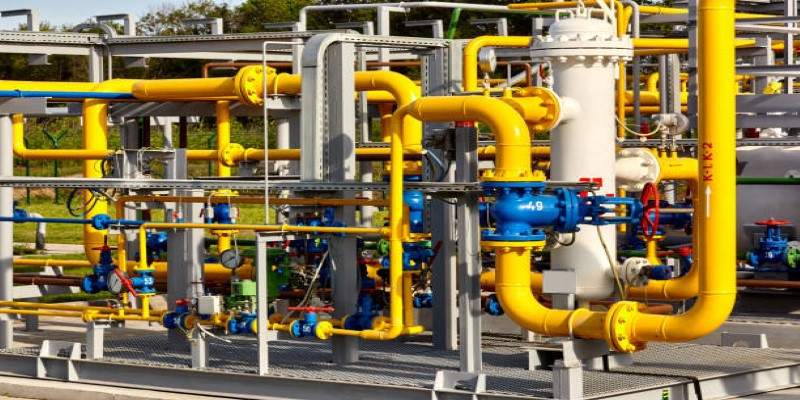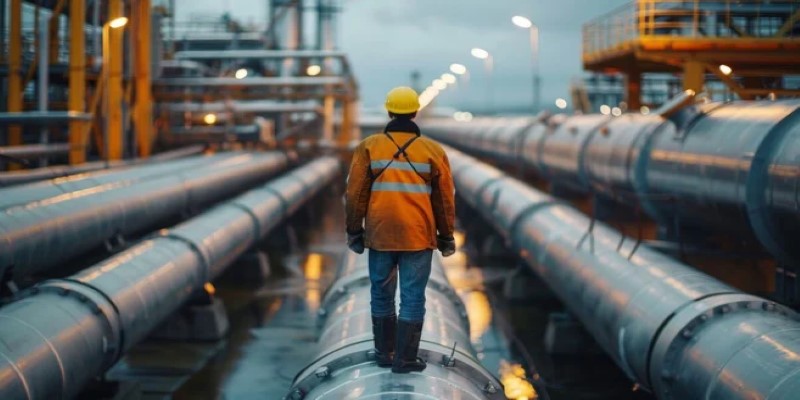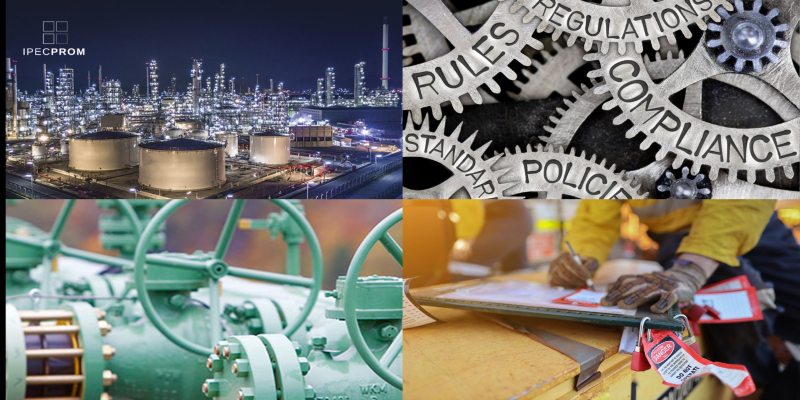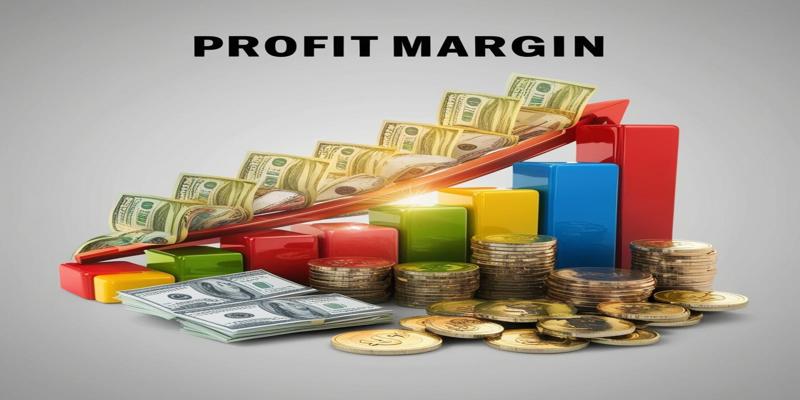Breaking Down the Oil and gas Industry: How It Works in 2024
Nov 15, 2024 By Verna Wesley
The oil and gas industry remains among the largest, energizing whole economies and modern life through basic energy for transportation, power generation, and manufacturing. With increasing global momentum in renewable energy, oil and gas remain the most used source for energy demand, providing a large share of consumption.

For 2024, the industry is therefore working within and interacting with, in varying degrees, regulations, geopolitical tension, and clean energy technology advancements. Innovation and adjustment, hence, should occur at the company level, ensuring uncompromised supply as it caters to the world's energy markets.
The Oil and Gas Value Chain
The oil and gas industry functions with three mutually interdependent divisions - upstream, midstream, and downstream - where the journey from the underground reservoirs to the consumer-ready products runs sufficiently fluid.
Upstream is E&P. It refers to looking for potential oil and gas reserves and extracting such reserves through drilling. As it is a capital-intensive segment with high risks because not all efforts at exploration are productive wells, it has a possibility of abandonment if a drilled well does not yield profitable quantities: it's a dry hole.
Midstream activities involve transporting extracted crude oil and natural gas from the wellhead to processing facilities. This activity, which encompasses pipelines, shipping, and trucking, is critical because it makes sure that resources go out of production sites into the refineries without logistically challenging elements beyond the regulatory demands. Midstream companies are, therefore, important in linking upstream operations to refining and retail.

Downstream consists of refining crude oil into fuel products such as gasoline, jet fuel, heating oil, and petrochemicals. The downstream segment also includes retail outlets such as gas stations where the consumers buy the product. The companies operating downstream are susceptible to market fluctuation since they should respond to the decrease in oil prices and, therefore, consumer demand while conforming to environmental regulations.
Process of Hydrocarbon Extraction and Production
Oil and natural gas are derived from organic matter that lies deep within the ground for millions of years. Such organic material, subjected to massive heat and pressure, develops into hydrocarbons. As such, drilling is required in order to access hydrocarbons that are locked within the tight rock formations, and firms frequently apply sophisticated technologies like fracking in their extraction of hydrocarbons trapped within tight rock formations.
A more important step after extraction is transport to processing facilities after bringing raw hydrocarbons to the surface. Impurities are removed from natural gas or crude oil at the processing facilities. The natural gas or crude oil can then be transported through the midstream segment for further distribution.
Over the last ten years, several oil companies have adopted the use of digital technology to enhance efficiency and cut down on operational costs. These innovations enable companies to reduce waste and operate environmentally by streamlining real-time monitoring.
Integrated Operations and Market Strategies

The biggest players in the oil and gas industry happen to be vertically integrated, meaning they encompass all various segments of upstream, midstream, and downstream. This structure allows these firms to operate cheaply and mitigate risks by allocating them along the value chain. For instance, where the crude oil is trading at a lower price, losses incurred in the upstream activities of exploring and producing it will be covered by profits made on the downstream segments of refining and selling retail fuel. Adaptability is allowed by this integrated structure, hence helping integrated companies to better respond to the vagaries of the market than one firm operating just in one segment of the value chain.
In 2024, combined majors are not just streamlining their operations but also fighting for dominance in responsible practice. Many are taking the time seriously to invest in low-carbon technologies like CCS and renewable energy projects like solar and wind power. All these investments are on account of regulations, partly driven by governments that have come to realize not just a need to regulate but also to legislate as well as respond to shifting consumer demand for clean energy solutions.
Profitability and sustainability must still find a balance. Integrating green technologies into existing fossil fuel operations requires major capital investment; firms must ensure that investments have returns acceptable for the ultimate measure. Moreover, integrated firms are utilizing advanced digital tools, including AI and predictive analytics, to improve operational efficiencies, decrease emissions, and optimize logistics across all business lines. This approach not only improves environmental performance but also makes companies successful in the long run as geographies change energy markets.
Trends and Challenges of 2024
The oil and gas industry will experience the most transformative year in 2024, integrating old energy production into the ever-growing demand for sustainability. Environmental regulations are becoming increasingly stringent worldwide, with firms under pressure to adopt cleaner technologies and cut emissions. Most companies are investing in renewable energy source projects and carbon capture technologies such as carbon capture and storage. However, transitioning into a low-carbon economy is not that easy because, after all, fossil fuels are still an enormous part of the global energy mix.
Geopolitics factors are significant, and the OPEC+ cuts in production cause price volatility in oil. Instability would thus continue to threaten the markets and directly affect supply chains and strategic decisions taken by oil companies themselves. The adoption of electric vehicles is gaining momentum, but only in developed economies. Gasoline-based transport still dominates a big proportion of transport in parts of the world - hence mixed - between fossil fuels and electric vehicles.
Conclusion
The oil and gas industry maintains its central importance in achieving the right balance between profitability, environmental responsibility, and shifting market landscapes. In this context, as companies continue to invest more heavily in technology and low-carbon solutions, the industry will be a leading bulwark for energy demands in the near future. However, even though the share of renewables will be on a steady growth curve, oil and gas will remain significant sources of energy for years to come, ensuring stability and growth worldwide. The potential to integrate sustainability into operations will be the hallmark of this sector in the future.








